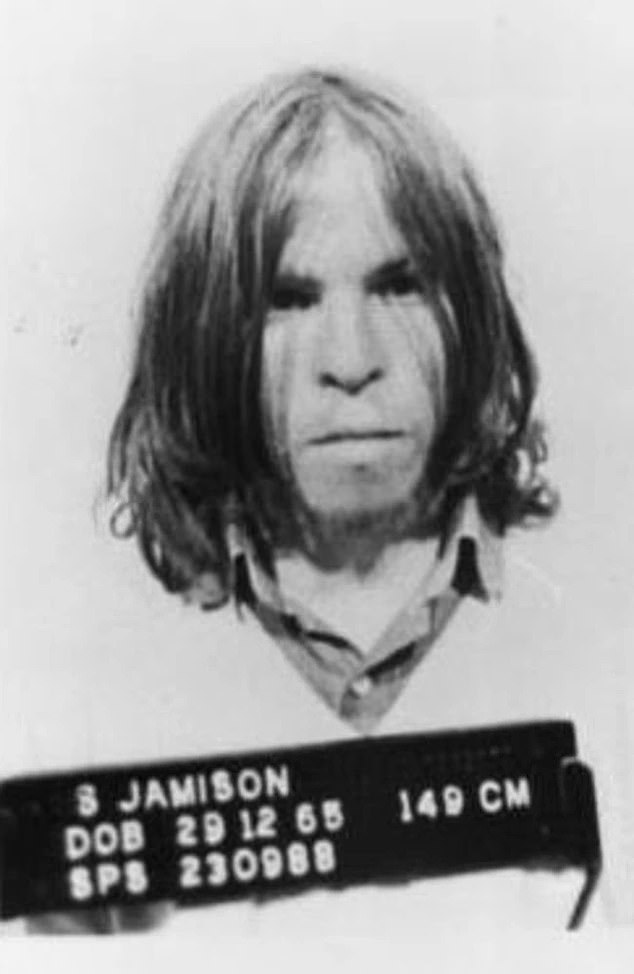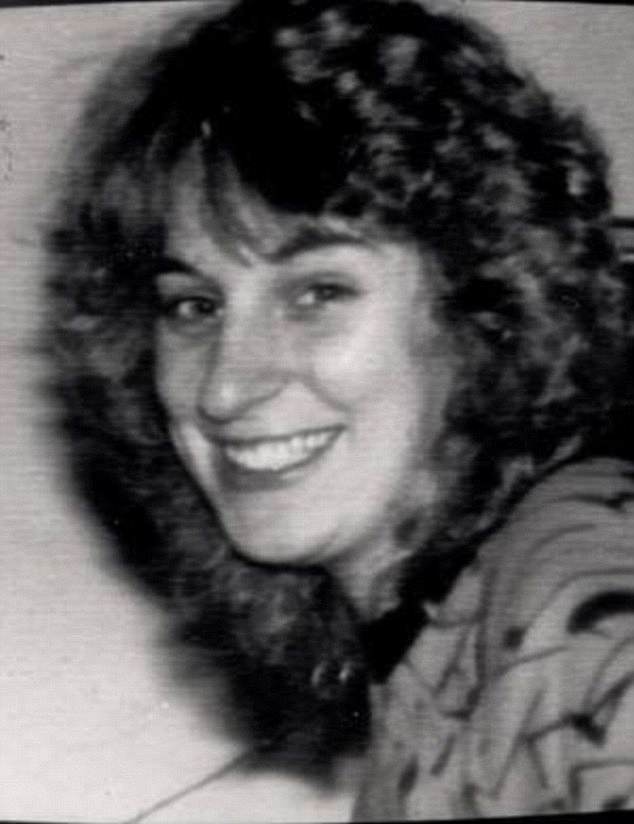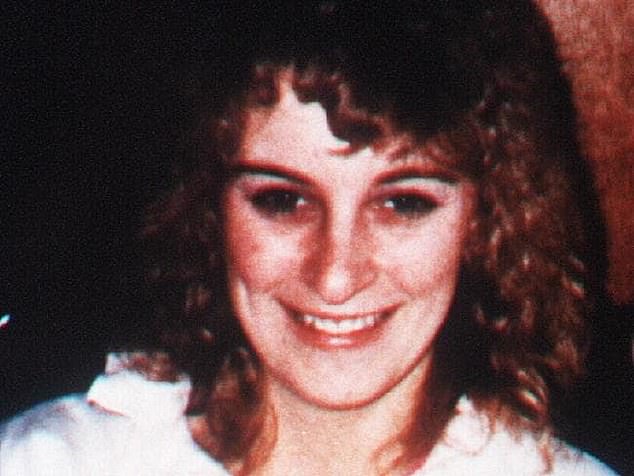WARNING DISTRESSING CONTENT
A lawyer insists a long-running controversy over the conviction for the shocking murder of Janine Balding could be cleared up with a simple DNA comparison.
In the almost 40 years since the murder, there have been advances in forensic technology and DNA profiles of five unidentified men have been collected from a handkerchief used to gag Mrs Balding.
One of Balding’s convicted murderers, Stephen ‘Shorty’ Jamieson, is using the mysterious DNA as the basis for a judicial inquiry into his case.
Jamieson claims he was not even present on the night of the murder and is urging police to compare the DNA with that of Mark ‘Shorty’ Wells.
In 1988, Ms Balding was abducted from Sutherland train station by a group of five homeless people, and raped and murdered on the side of the F4 highway in western Sydney.
The first murder trial had to be aborted over the question of whether the police had the right ‘Shorty’, and at the second trial in 1990, all of Jamieson’s then co-defendants maintained that he was not present at the murder, but which ‘Shorty’ Wells was.
Lawyer and former politician Peter Breen launched a Supreme Court action last year on Jamieson’s behalf.
Breen told Daily Mail Australia that Jamieson had been excluded from all DNA testing carried out on the Bandana, but Wells had not.
Janine Balding was raped and murdered in western Sydney in 1988.
“If they do a Wells DNA test, we say they’ll get a match.” We say that Jamieson is not guilty, that he was not there… and we can prove it.
Wells’ DNA is in the national database as a result of crimes he committed in Queensland in 2011, Breen said.
“My understanding is that it didn’t appear in the national database until late last year.”
He said the police were refusing to compare Wells’ DNA with the profile detected on the handkerchief as a result of forensic DNA legislation, which says they cannot reveal the profile of anyone other than the applicant, and in this case the applicant is Jamieson.
“They say they can’t reveal DNA, and they’re right, but the legislation also says the court can overrule it and order them to do the comparison,” Mr Breen said.
Breen is pushing for a judicial inquiry into the case and expects a decision on December 13.
He hopes the court will order DNA comparison as part of the investigation.
Balding’s brother, David Balding, has previously said he believes the handkerchief claim is irrelevant and several witnesses agreed Jamieson was the right person.

Stephen ‘Shorty’ Jamieson has long maintained that he was not present at the murder.
David, who was just 10 when his sister was murdered, said he was angry and upset that these claims are coming up again after all these years.
‘Shorty’ Wells, a schizophrenic who had previously falsely confessed to another crime, initially said he was present at the murder, but later denied any involvement.
Jamieson was convicted on the evidence of his signed confession, which he has long argued was fabricated.
The murder that shocked Australia
On the morning of September 8, 1988, Mrs Balding parked her car at Sydney’s Sutherland railway station before heading into the city for work.
She was walking back to her car that night when a group of me (Stephen ‘Shorty’ Jamieson, 22, Matthew Elliot, 16, Wayne Wilmot, 15, Bronson Blessington, 14, and Carol Arrow, 15) approached her.
They distracted Mrs Balding by asking her the time and if she had any money or cigarettes, one of the young men pulled out a knife and threatened to “cut her face off” if she did not do exactly what he asked.
After snatching her car keys from her hands, they forced her into the back of her own car, where they beat her and raped her at knifepoint.
Any hope the young woman had of being freed was dashed after one of the young men said: ‘I think it’s a nice night for a murder…’
The group stopped on the M4.

Balding was returning to her car at Sydney’s Sutherland train station when she was attacked.
They dragged the terrified woman out of the car, the pack gagged Janine with a scarf and tied her up, before throwing her on the ground and throwing her over a fence.
Elliot, Blessington and Jamieson took her to a nearby dam, where they drowned her and stole her jewelery and bank cards.
The pack left Mrs Balding’s body there and got back into their car, which broke down shortly afterwards.
After walking to Mount Druitt, they sold the jewelery and withdrew some cash using their bank cards, before taking a train back to the city.
The next day, Blessington and Elliot took a train to East Gosford, where they threw their bank cards into bushes before stealing another car and driving to a youth centre.
They then confessed to police about stealing the car and hinted that they knew where Ms Balding’s body was.
Balding’s parents, Beverley and Kerry, reported him missing.
All five members of the group were charged and appeared in court for the murder of Ms Balding.
Elliott, Blessington and Jamieson were each sentenced to life in prison plus 25 years.
Blessington, who was just 14 at the time, became the youngest person to receive a life sentence in Australia.
The judge in the case called their crimes “barbaric” and said they “should never be released.”
Lighter sentences were given to Wilmot and Arrow, after it was discovered that they did not physically participate in the murder.
National Sexual Assault and Domestic Violence Counseling Service 24-hour helpline 1800 RESPECT at 1800 737 732

